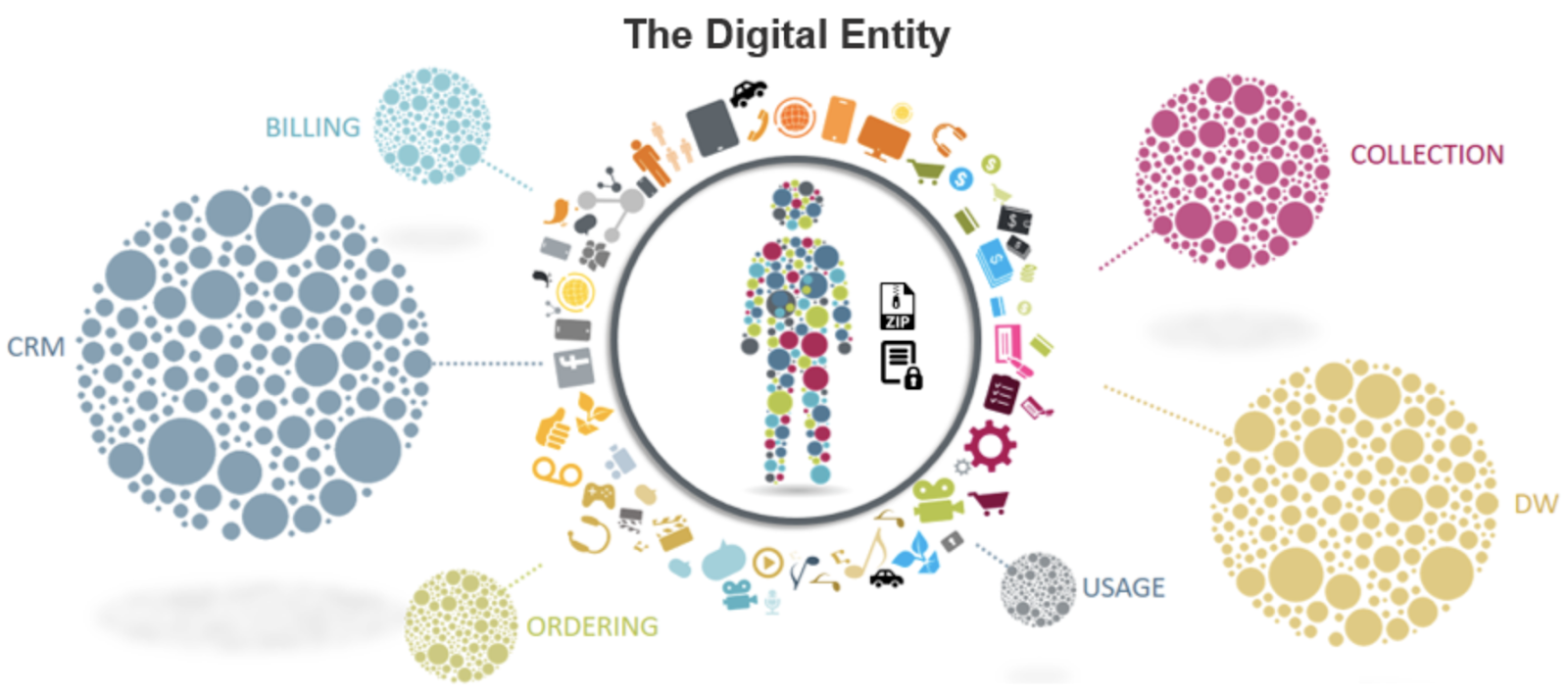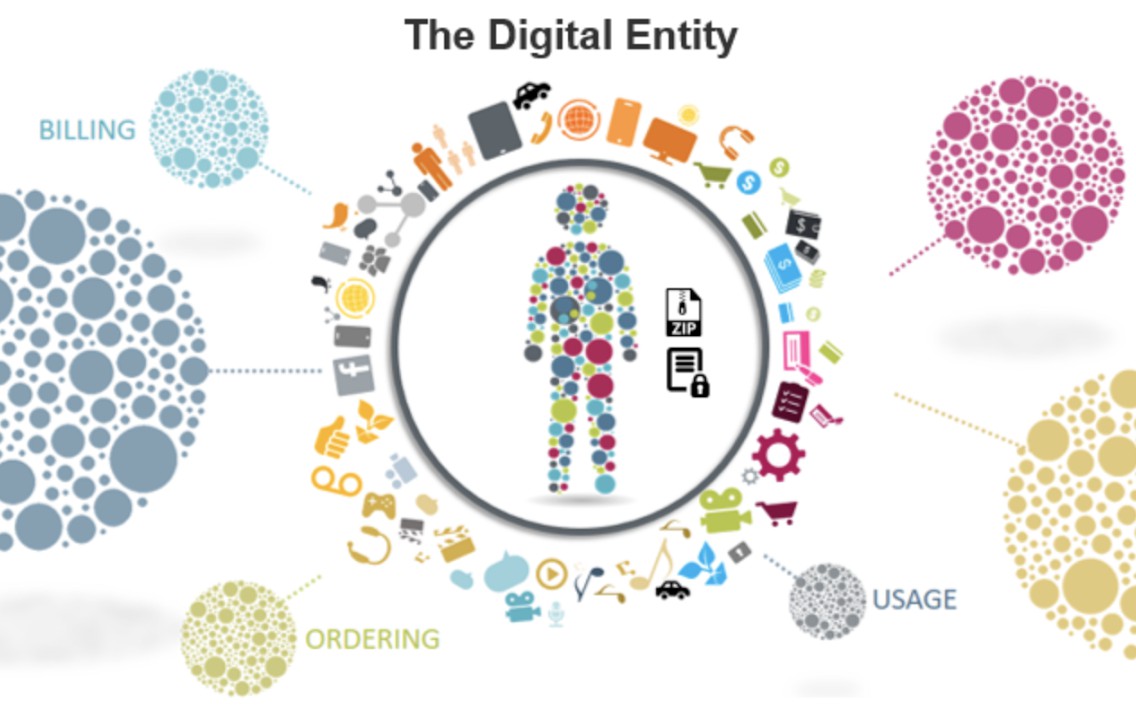The TDM Data Problem
As any DevOps team knows, test data management (TDM) can be a highly time-consuming and tedious process. The monotony of going line by line, column by column to extract and analyze data with traditional TDM processes can consume enormous amounts of time and resources—and that means money. A DevOps test team’s time would be far better spent performing the testing itself and analyzing the results, yet most of it is spent backing up and restoring databases, then transforming and masking the data into separate testing environments.
The TDM problem is rooted in the inefficiencies of traditional data management. You need to remove these constraints and instead access and analyze your data holistically. Utilizing a comprehensive digital version of a person, place or thing—what we call a “Digital Entity”—enables companies to logically organize data from a business’ point of view, rather than an application-centric view, therefore removing the former restrictions of data management.

Solving the problem
You may be thinking, “Being able to access my data in its entirety would be great, but won’t there be interruptions when pulling the data?” A valid question!
Interruptions have as much impact on production systems as they do the testing teams. In traditional TDM, you usually either take down or restrict access to systems while you make a copy of their databases.
You need a solution where you can access and move your data as needed in real-time, without interrupting your production environments or your development or testing teams, enabling you to freely view your data holistically, with zero impact on any of your teams. Lack of interruptions means your systems remain up and running, which in turn, means less time is spent, with increased efficiency. If a TDM solution could do that, what else could it do?
Improve security
What if a massive data breach could be practically impossible? Admittedly, that may sound like a fairytale, but it’s feasible. If each Digital Entity is encrypted and masked individually, the overall security integrity greatly increases.
Offer a redo button
Imagine you are in the middle of a days-long test cycle when you discover a mistake. Maybe your teeth clench, or you find yourself releasing a low sigh at the thought of having to start your test cycle over again. If only there were a “redo” button. In fact, with the right solution, there is. Operating as a time machine, the ideal TDM solution can create multiple snapshots as testing progresses.
These snapshots enable you to reset to a period before the error, so, instead of restarting the whole cycle, you can go back to when the error occurred, whether it was ten minutes or ten hours prior. This also gives you the added advantage of not interrupting other testers, even when they are in the same environment—all due to the “redo” only impacting the specific data unit.
**That all sounds great—so what? **
A solution like K2View’s TDM can empower you to optimize your TDM solution, save your DevOps team substantial time and accelerate time to market. It allows companies to experience a high level of security, effectiveness and confidence in their data management. Everyone’s goal is solving the DevOps Data problem, which ultimately, will positively impact the bottom line.
Curious to learn more? Last month, Hod Rotem, VP of Global Solutions at K2View, provided a live demo on TDM. These are just a few of the highlights from the webinar. Check out the archived version here or download K2View’s TDM whitepaper for a deeper dive into how you can conquer your TDM obstacles.
#data #data privacy #test data #tdm #data analysis
